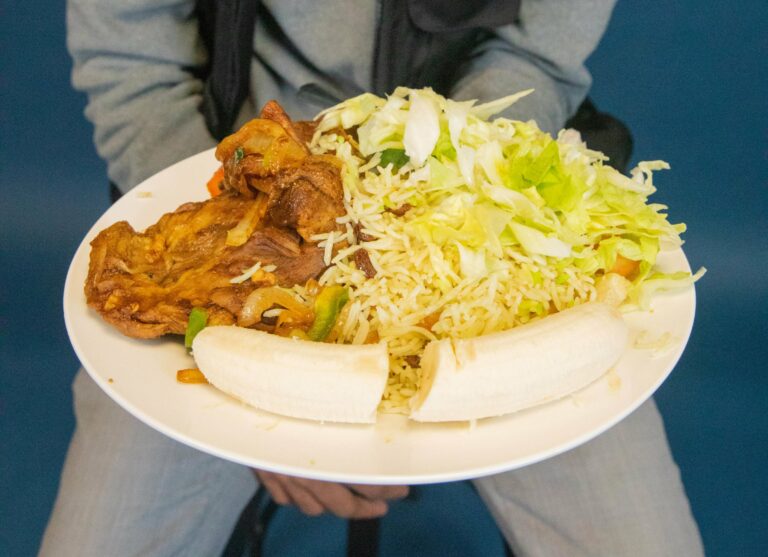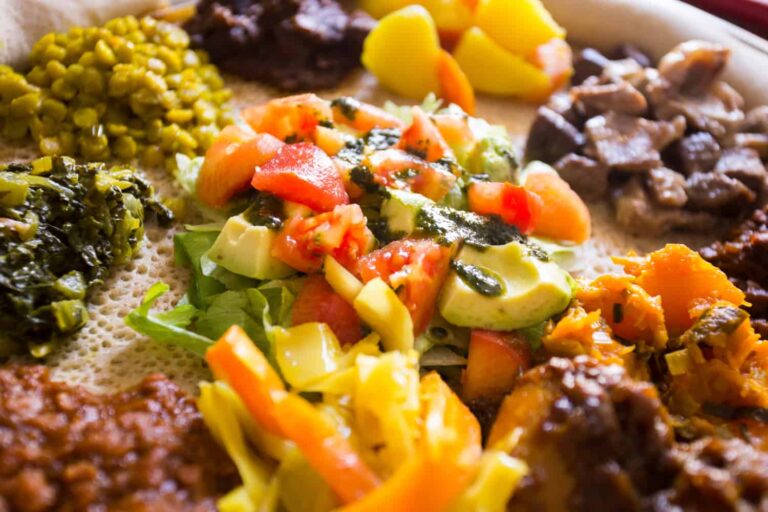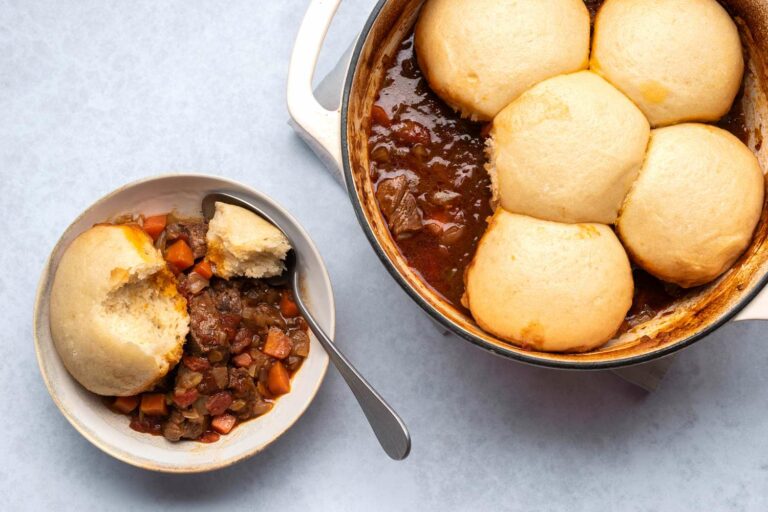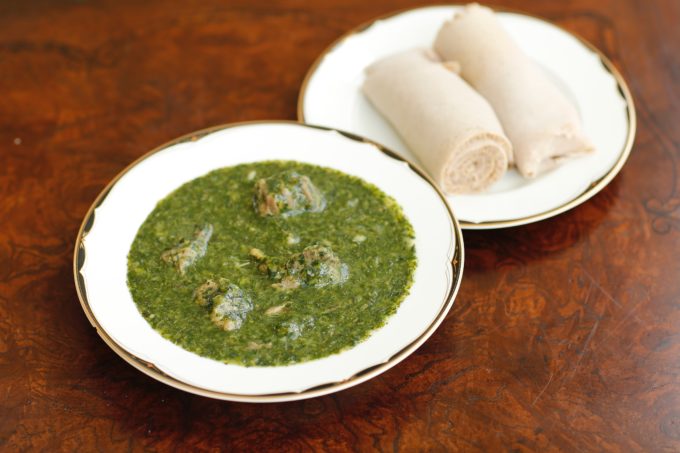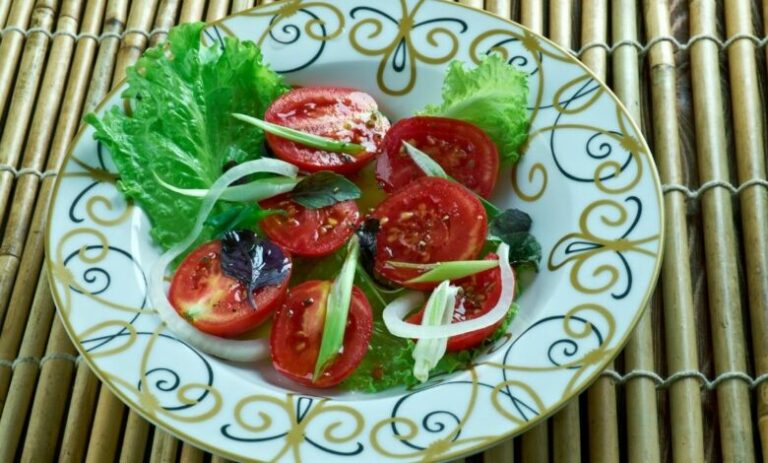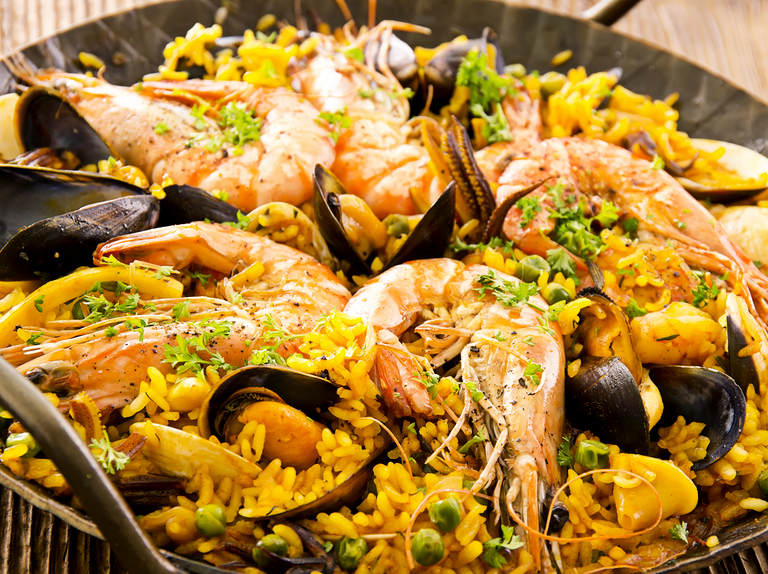Introduction: Seafood in Solomon Islands cuisine
Seafood is a vital part of the cuisine of the Solomon Islands, located in the South Pacific Ocean. The country’s numerous islands and extensive coastline provide an abundant source of fish and seafood, which is used in many traditional dishes. Seafood has been a significant part of the Solomon Islands’ diet for centuries, and it continues to be an essential ingredient in the country’s cuisine today.
Traditional dishes featuring seafood
The Solomon Islands offer a wide variety of traditional dishes that feature seafood. One such dish is kokoda, a popular raw fish salad made with lime juice, coconut cream, and various other ingredients, such as chili peppers, onions, and tomatoes. Another popular dish is fish curry, which is made with fish, coconut milk, and spices and is served with rice. Other traditional dishes include grilled or baked fish, seafood soups, and stews.
Freshwater and saltwater species commonly used
The Solomon Islands are home to a wide range of freshwater and saltwater fish and seafood species. Freshwater species include tilapia, goby, and eel, while saltwater species include tuna, mahi-mahi, and snapper. Lobster, crab, and shrimp are also commonly used in Solomon Islands cuisine.
Preparation and cooking techniques
The preparation and cooking of seafood in the Solomon Islands involve a variety of techniques and methods. Traditional methods include grilling, baking, and smoking, while more modern techniques include frying and stir-frying. Many dishes also incorporate coconut cream or milk, which is a staple ingredient in Solomon Islands cuisine, adding richness and flavor to dishes.
Cultural significance and sustainability
Seafood is not only a significant part of the Solomon Islands’ cuisine but also has cultural significance. Fishing is an essential part of the country’s economy and way of life, and many traditional fishing methods and practices have been passed down for generations. However, overfishing and climate change pose a threat to the sustainability of seafood in the Solomon Islands, and efforts are being made to promote sustainable fishing practices and protect the country’s marine resources.
Conclusion: Exploring Solomon Islands’ seafood offerings
The Solomon Islands offer a diverse range of seafood dishes that are an essential part of the country’s cuisine. From raw fish salads to fish curry and grilled seafood, there are many traditional dishes to discover. While seafood is an important source of food and income for the country, it is crucial to ensure that fishing practices are sustainable to protect the country’s marine resources for future generations.


